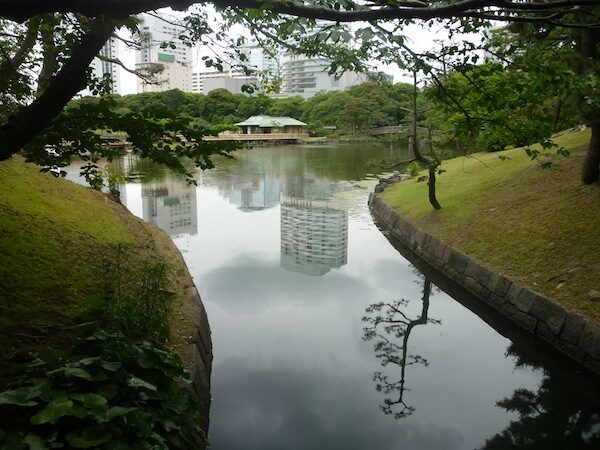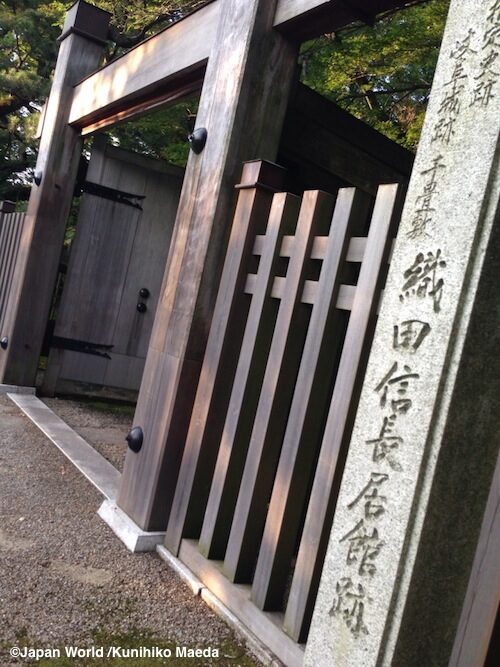Hakama are a part of traditional Japanese clothing worn primarily by samurai, men of position and rank, and during ceremonies. Hakama were one of the most important parts of traditional Japanese formal
dress for men, although they are now worn by women on infrequent occasions.

As part of formal mens’ attire, hakama are worn to weddings, sometimes funerals and other formal occasions. Even today, the hakama is worn by practitioners of the martial arts including aikido, iaido,
kendo, kyudo and naginata. Hakama are also worn by practitioners of the tea ceremony and by Shinto
priests. The way of tying the front cords differ according to use and formality.
Although they appear balanced, hakama have seven deep pleats, three on the right, two on the left,
and two at the back. These seven pleats are supposed to represent the seven virtues of bushido.

There are various types of hakama, the main differences being Umanori, or literally “horse riding hakama”,
being the divided type, like a pair of very baggy trousers, and the undivided skirt like andon-bakama, literally “lantern hakama”. Both types look identical when standing and sitting.
Sashinuki were a popular style of Hakama during the Heian period among court officials. These hakama
are slightly longer than normal hakama tied with a hem-set cord above the ankles.

Karusan-bakama resemble normal hakama until down to the knee where they tapered in towards the leg, resembling the knickerbocker like leggings worn by the ancient Portuguese traders. Also known as Yoroi-
bakama, they were often worn by travelers and under samurai armour, as the tapered lower leg style
permitted the wearing of suneate leg armour.
Naga-bakama are overlong hakama, worn with a sleeveless jacket featuring oversized shoulders called
a kataginu. These were worn by samurai and daimyo and high ranking personages while at court.
Trailing behind the wearer and hindering normal walking, naga-bakama prevented the wearer from
launching an attack or assassination attempt. When the naga-bakama or normal sized hakama were
worn with the kataginu, it was known as a kamishimo.

Hakama are worn over a kimono. First the kimono is fitted and secured with an obi sash, tied at the small of the back. Holding the front of the hakama, the wearer steps in, and the front of the hakama
is tied first. The longer straps (himo) of the front section wrap around the waist crossing above the knot
of the obi, once again crossing to the front, where they are crossed lower than their starting height, before being tied in the back below the knot in the obi. The rear section of the hakama features a stiff
trapezoid shaped piece called a koshi-ita. Just inside is a hakama-dome, a flat piece of wood, bone or
plastic. This is inserted into the ties or the obi at the back to hold the koshi-ita in place. The shorter
remaining ties are then tied at the front.

As with all types of Japanese garments, properly folding hakama is important for storage, and hakama are seen as particularly difficult to learn to fold properly because of the many pleats and the tie straps,
and is considered an important part of etiquette.


